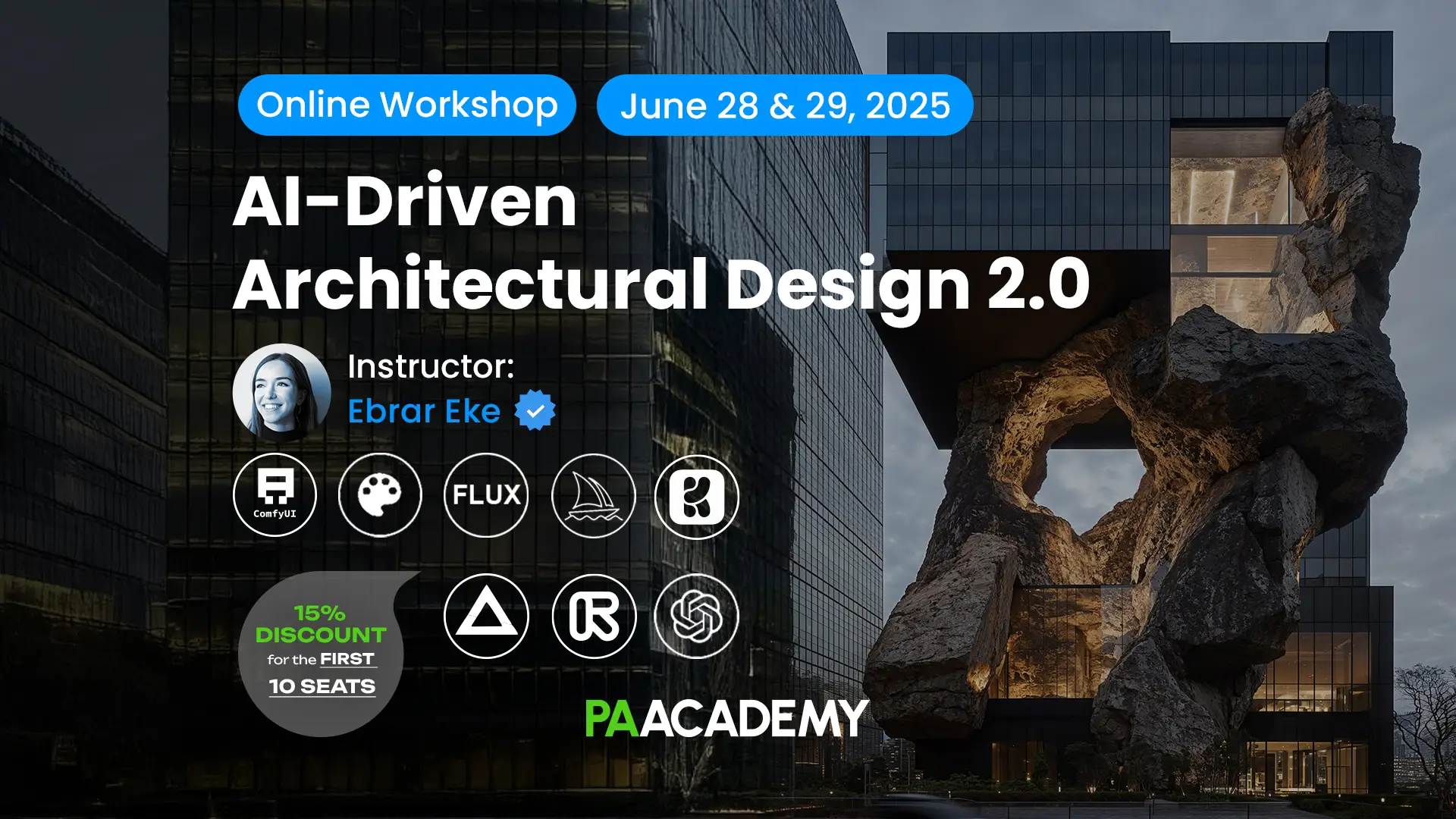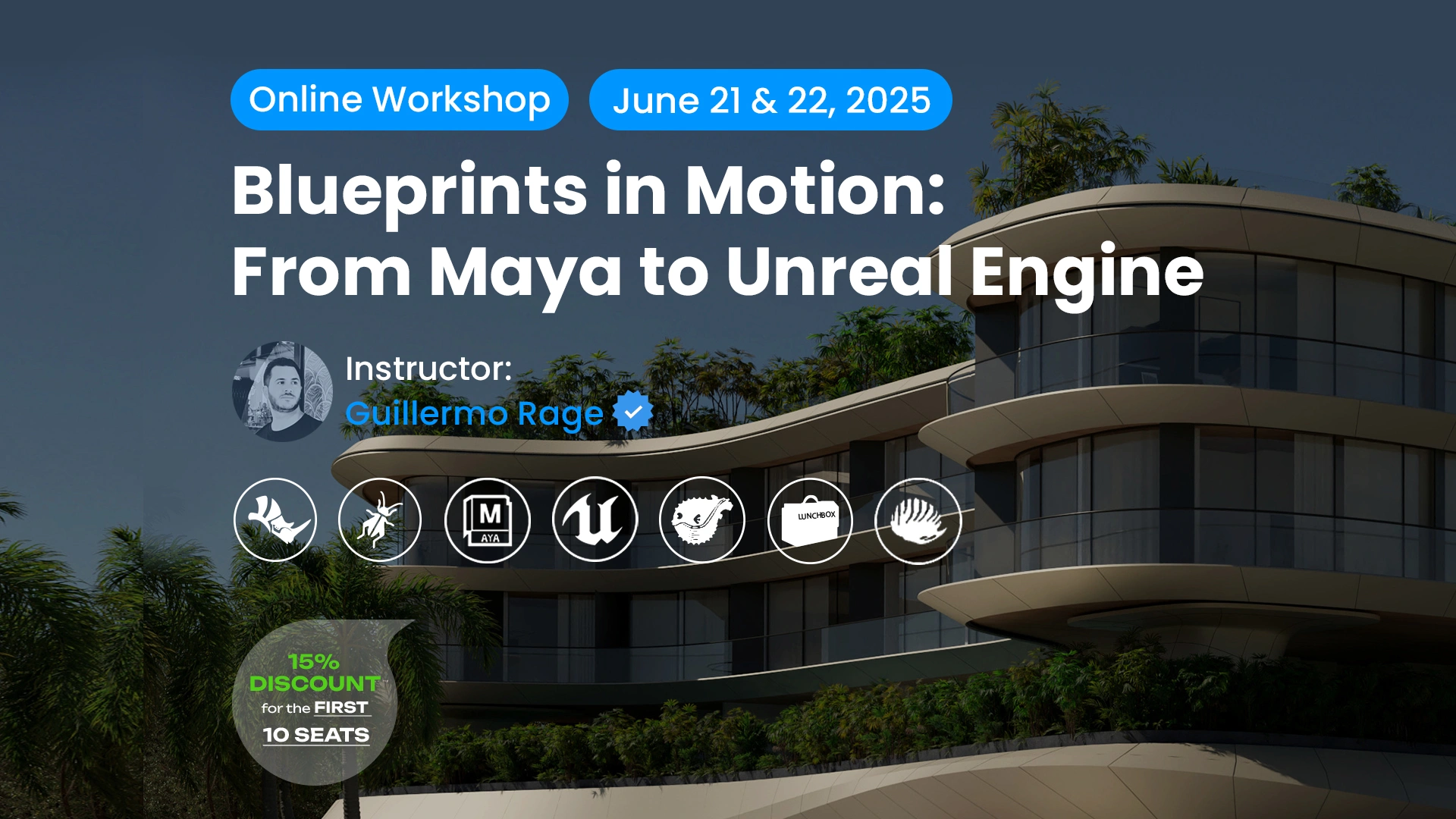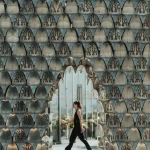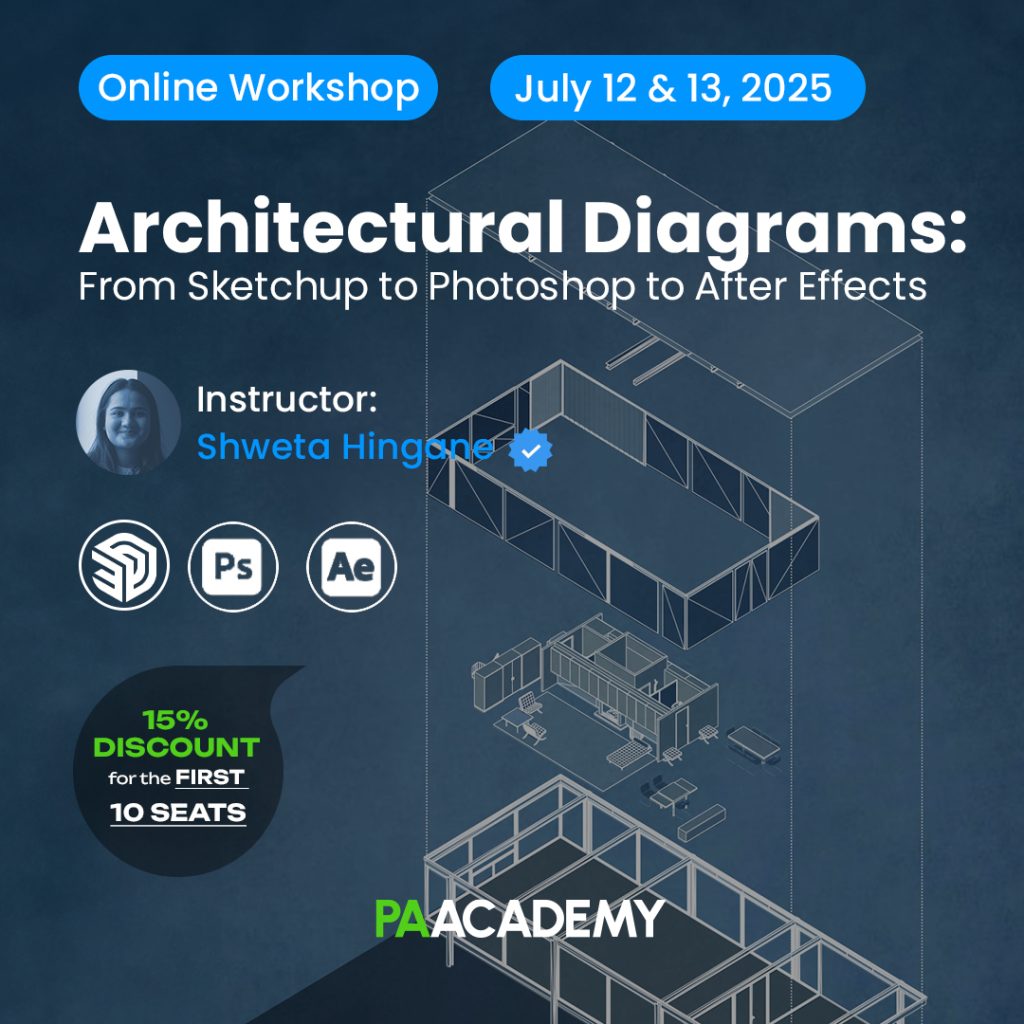China’s city skylines are a testament to ambition and rapid development. Towering cranes and half-built structures reflect an enthusiastic spirit of building, symbolizing progress and growth. But a closer look reveals a different reality. Many of these projects, once launched with high hopes, have come to a standstill, empty concrete shells scattered across the urban fabric. These “Urban Voids,” as they’re known, are often fenced off and left to deteriorate, creating the illusion of activity while concealing the consequences of overambitious planning and unmet goals.
Urban Voids are more than just abandoned structures—they highlight deeper challenges in China’s urbanization process. Financial overreach, poor planning, and regulatory missteps have left their mark on the cityscape. The collapse of major developers has trapped countless families in loans for homes that will never be completed. Despite government attempts to improve the situation, unfinished projects are turning into permanent eyesores. The environmental cost is equally troubling: wasted materials, energy, and emissions for buildings that will never serve their intended purpose.


But what if these spaces could be transformed? Architects Cas Esbach and Sandra Baggerman, together with students from InVision, a Chinese research institute for design and spatial thinking, are tackling this question head-on in a design research course. Their approach blends optimism with practicality, reimagining these voids as opportunities for renewal rather than symbols of failure.


Baggerman’s expertise lies in crafting spaces that resonate deeply with local culture and community needs, while Esbach focuses on visionary, large-scale designs that often incorporate AI. Alongside their students, they are exploring how these stalled projects can be repurposed in ways that align with environmental sustainability and community priorities.
The possibilities are inspiring. Inspired by guest lecturers like Manuel Villalaín González architect at Foster + Partners , Sam Sweeney head of BIM at 3XN, Maryam Naghibi researcher at TU Delft, and Adeline Chan founder of AAL Innovation, students are encouraged to use their research findings as a foundation for innovative architectural proposals. These Urban Voids could become urban farms, renewable energy hubs, cultural centers, or affordable housing. By integrating AI and scenario-based design methods, the team is demonstrating how to shift the narrative from waste to renewal, emphasizing that thoughtful, context-aware architecture can turn neglected spaces into valuable community assets.


As China’s cities face mounting economic and environmental pressures, Urban Voids stand at a crossroads. Will they remain as symbols of stagnation, or can they be reimagined as the foundation for a more sustainable urban future? The answer lies in bold ideas and collaboration between architects, policymakers, and communities.
By embracing the potential of these spaces, we have the opportunity to learn from past missteps and create urban environments that are dynamic, inclusive, and resilient. Urban Voids hold the promise of a brighter future where cities are not just functional but thrive as vibrant, sustainable hubs for their people and the planet
Credits:
Professors:
Cas Esbach
Sandra Baggerman
Xiangyue Zhang
Students:
Tinglan Li (Toto)
Qiahan Liu (Stella)
Yiheng Liu (Hannah)
Wuyuzhen Zhang (Nicholas)
Jiayu Xu (Tommy)
Jinkai Chen (Beck)
Qinhong Sun (Qinhong)
Xunhao Zhang (Bai)
Wenxi Zhang (Vivian)
Hongyi Sun (Yolanda)
Cas Esbach, lead architect who led projects at MVRDV like the Flores Tower Façade and Valley will be teaching a workshop at PAACADEMY.




















Leave a comment